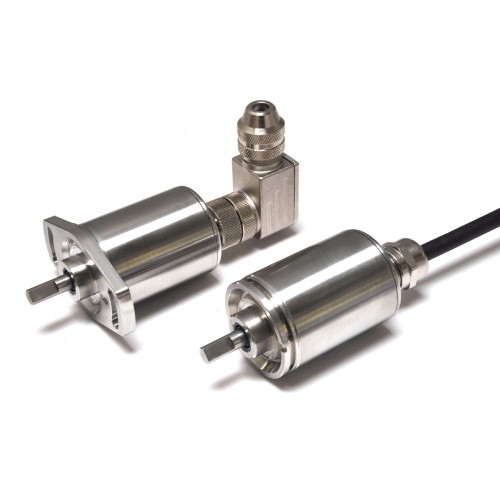
Positek
Positek H500
Part no.: Positek H500
Key Features
• CSA approved for potentially explosive dust atmospheres
• 0.5-9.5V or 4-20mA outputs
• ATEX variants of P502, P505 and P520 available
• Up to 160 deg range
Intrinsically safe H500 is CSA approved for use in potentially explosive dust atmospheres. The H500 is designed for industrial and scientific feedback applications and is ideal for OEMs seeking good sensor performance for arduous applications in hazardous areas.
The H500, like all Positek® sensors, is supplied with the output calibrated to the angle required by the customer, between 16 and 160 degrees and with full EMC protection built in. The sensor provides a linear output proportional with angle of rotation. There is a machined registration mark to identify the calibrated mid point.
Overall performance, repeatability and stability are outstanding over a wide temperature range. The H500 has long service life and environmental resistance with a rugged stainless steel body and shaft. The flange or servo mounting options make the sensor easy to install, it also offers a range of mechanical options. Environmental sealing is to IP67 depending.
Positek intrinsically safe sensors are designed to be used with a galvanically isolated amplifier . Approved galvanic isolation amplifiers (G005) are available from Positek; there is a choice of 0.5-9.5V or 4-20mA transmission outputs.
The sensor can be installed with a cable length up to 1km between the sensor and the amplifier.
Call us for more info at 856-727-9500
"*" indicates required fields
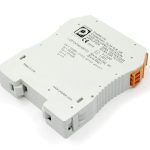
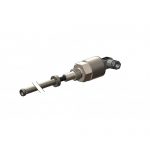
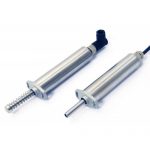
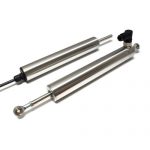
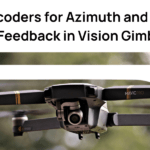
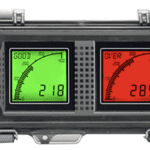



 856-727-9500
856-727-9500